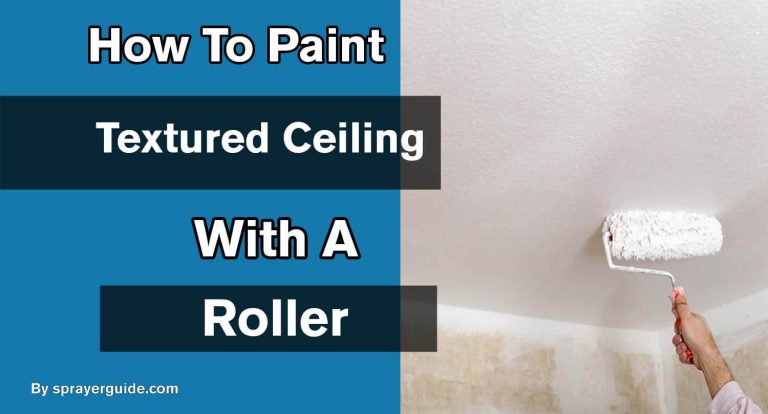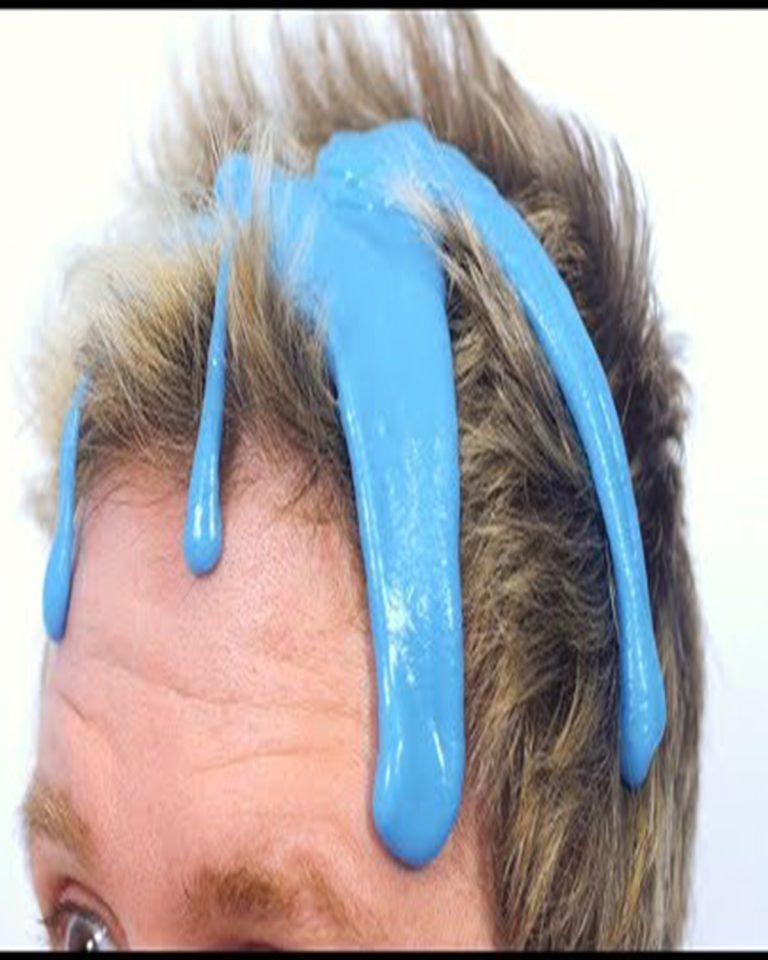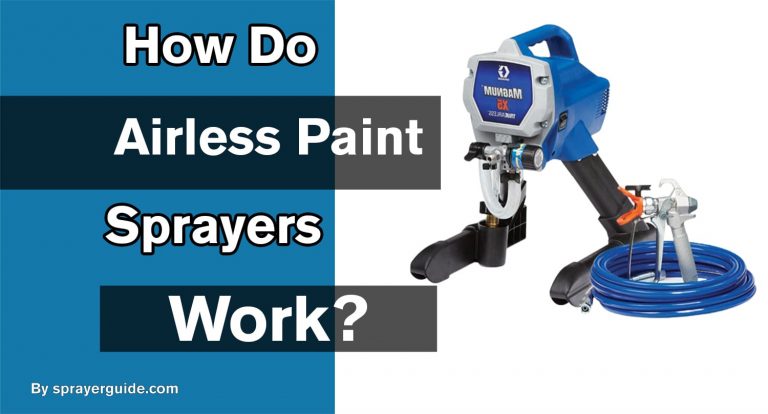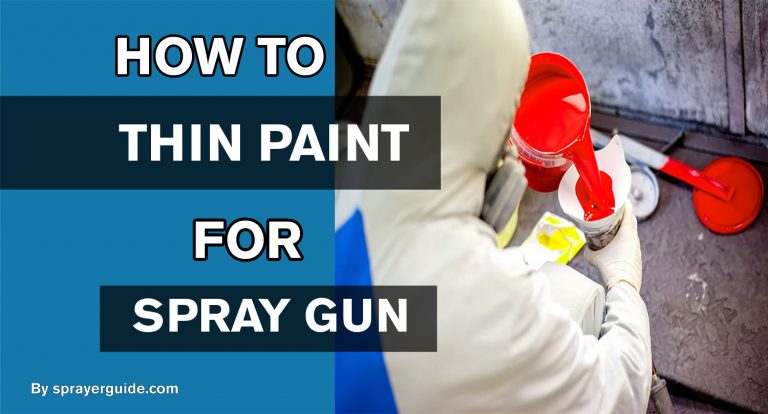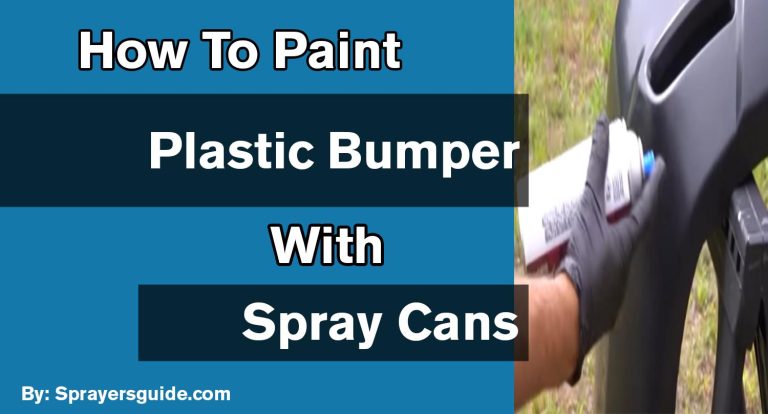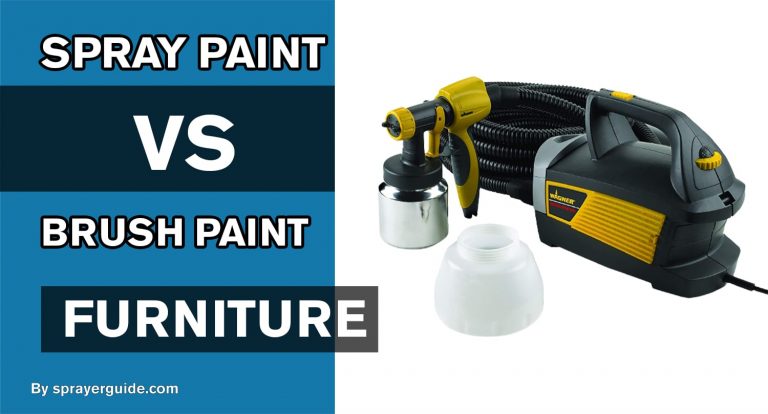Do you need help with your Wagner paint sprayer? Clogs in the gun, hoses, and lids are common problems every painter faces. You can quickly unclog your paint sprayer with the proper knowledge and technique to avoid wasting time fixing it between jobs. This article will review the simple steps to clean a clogged Wagner paint sprayer efficiently and conveniently. Learning these techniques can help both do-it-yourselfers and professional painters – we guarantee it will speed up your process!
What can cause a Wagner paint sprayer to clog?
Several reasons could cause your Wagner paint sprayer to become clogged, including using paint or material with too much viscosity, failing to clean the paint sprayer after each use, using an incorrect nozzle size for the particular job, not thinning latex- or acrylic-based paints.
Using paint or material with too much viscosity is one of the most common causes of clogging in Wagner Paint Sprayers. When selecting a paint or material for use with your Wagner Paint Sprayer, it is essential to check the viscosity level, as this can affect how well it sprays. The best practice is to thin any latex- or acrylic-based paints before use, as these require thinner consistency than other paints.
Failing to clean your Wagner Paint Sprayer after each use can also cause clogs. To ensure optimal performance, following the manufacturer’s instructions and cleaning the paint sprayer after every use is essential. This will help prevent any residue from drying inside the nozzle and causing clogging issues.
Using an incorrect nozzle size for a particular job can also lead to clogging. Each nozzle size is designed for a specific painting job, so select the correct one before beginning a project. Using too large a nozzle can cause paint or materials with higher viscosity levels to become clogged in the tip. Using too small a nozzle can result in inadequate coverage of the painted surface.
Finally, not thinning latex- or acrylic-based paints before use can also clog your Wagner Paint Sprayer. These paints require a thinner consistency for spraying; clogs can result if they are not correctly thinned before use. Follow the manufacturer’s instructions regarding paint thinning when using these paints with your Wagner Paint Sprayer.
How to clean the gun and the nozzle?
It is essential to regularly clean your gun and nozzle to ensure it performs at its best. Use a cleaning solution designed for guns and nozzles for the best results. Here are the steps for how to properly clean the gun and nozzle:
Safety Considerations:
Before you begin, ensure the gun is unloaded and the power switch is off. Also, ensure that all parts are free of dirt or debris before cleaning. Wear protective gloves while handling any chemicals or cleaning solutions.
Disassemble:
Carefully disassemble the gun and nozzle according to manufacturer instructions. Place each part on a clean cloth that won’t disturb during the cleaning process.
Cleaning Solution:
Mix a small amount of your chosen cleaning solution with warm water in a bowl, bucket, or other containers large enough for all the parts. Ensure to follow label directions for dilution rate and safety precautions listed on the solution’s label.
Soak:
Soak the gun and nozzle parts in the cleaning solution for at least one hour, occasionally stirring to ensure that all areas are being exposed to the cleaning solution. Use an old toothbrush or soft-bristled brush to remove tough spots or debris that did not come off during disassembly.
Rinse:
Thoroughly rinse each part with clean water. Remove any lingering residue from the cleaning solution before reassembling everything back together.
Dry:
Allow all parts to air dry on a clean cloth before reassembling and storing your gun and nozzle.
Regularly cleaning the gun and nozzle with the proper cleaning solution will help ensure your equipment’s optimal performance. If you have any questions or concerns about properly cleaning your gun and nozzle, don’t hesitate to contact a qualified technician.
How To Clean A Clogged Wagner Paint Sprayer?
Once the nozzle of your Wagner paint sprayer is clogged, it won’t be able to dispense paint properly anymore. Fortunately, it’s possible to unclog most paint sprayers with relative ease. Here are the steps you’ll need to take:
Disassemble the Spray Gun:
To unclog your Wagner paint sprayer, start by taking apart the spray gun and removing all of the parts. If you have a manual, follow its instructions for disassembling your specific model.
Clean Each Part:
Next, clean each part with a cloth soaked in warm soapy water to remove any residue or blockages that might be causing the clog. Use an old toothbrush to get into tight spaces and crevices if necessary. Once everything is cleaned, use compressed air or a blowgun to remove any remaining dirt or debris inside the nozzle assembly.
Reassemble and Test:
When thoroughly dry and clean, put the spray gun back together and test it. If everything works correctly, you can respray the paint without any issues.
Special Tips:
If your Wagner paint sprayer still isn’t functioning correctly, a few unique tips may help. Use a stiff brush or wire brush to clean away any stubborn blockages in the nozzle assembly, and make sure to use only compatible paints and cleaners with your particular sprayer model.
By following these steps, you should be able to get your Wagner paint sprayer up and running again quickly and easily!
Frequently Asked Questions:
If your Wagner paint sprayer is clogged, the best solution is to disassemble it and thoroughly clean out any debris blocking the nozzle or hose. You can use an air compressor, a soft brush, and a clean cloth to perform this task. Be sure to refer to the manufacturer’s instructions for detailed instructions on properly dismantling and reassembling your machine.
It is recommended that you clean your Wagner paint sprayer after each time you use it. This will prevent any buildup of debris inside the machine. Additionally, you may want to clean your paint sprayer regularly to keep it in optimal working condition and ensure that the paint is applied evenly.
You can use a soft brush, a clean cloth, and an air compressor when cleaning your Wagner paint sprayer. It would help if you also referred to the manufacturer’s instructions for detailed information on properly cleaning and maintaining your machine. You may also want to consider buying special cleaners specifically designed for cleaning paint sprayers.
Conclusion:
Finally, it is critical to maintain and clean a Wagner Paint Sprayer regularly to ensure that it continues to function correctly. Cleaning is relatively simple if you take the necessary precautions, such as wearing protective clothing and using the proper cleaning solution. A clog can usually be cleared with simple tools like needles or tweezers and by running hot water through the sprayer. These steps will help keep your Wagner Paint Sprayer in good working order for many years.
Read More:
- How Long Does Primer Spray Paint Take To Dry
- How To Spray Paint Wood Chairs
- How To Thin Water-Based Paint For Roller
- How Long Does Spray Paint Take To Dry Metal
- Is It Better To Spray Or Roll the Interior Paint
- Does A Paint Sprayer Use More Paint Than A Roller
- How To Thin Water-Based Paint For Spraying
- How To Clean Wagner 350 Paint Sprayer
- How To Paint A Textured Ceiling With A Roller
- Which Is Better, Air Or Airless Paint Sprayer
- How To Use Hvlp Spray Gun
- How Long Does Spray Paint Take To Dry On Cardboard
- Graco Magnum Prox17 VS X5


